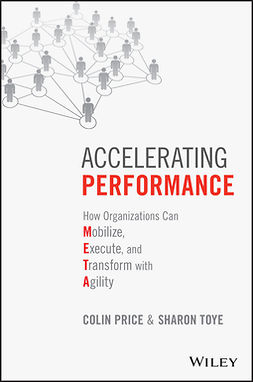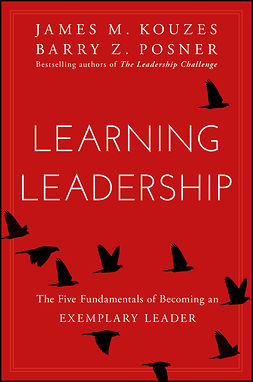Barner, R.
Accelerating Leadership Development through Executive Coaching: A Guide for HR Professionals and High-Potential Leaders
- To jump-start high-potential development training programs
- As part of an organization’s training program in ‘managers as coaches’
- To support self-study and self-directed development on the part of high-potential leaders
- As an HR handout piece to help senior executives understand their roles as HIPO mentors and sponsors
- To provide a useful approach to HIPO development for L&D, OD, and HR leaders who have been tasked with initiating high-potential leadership development programs
- To support executive coaching certificate programs sponsored by universities and private consultants
- As a useful handout tool for executive coaches who are attempting to bring their clients and clients’ managers in alignment regarding the intended goals, outcomes, and process involved in high-potential development.
Part 1
Chapter 1: Identify the Gap
The chapter explains how to use focus groups and assessment interviews to identify such positions. It also explains how to use scenario development to forecast future leadership requirements, and to identify those future demands that are very different from the current state.
Chapter 2: Build the Plan: This chapter suggests taking the opposite approach, by first identifying the key demand features of next-level assignments. Simply put, the development plan should be able to spell out how a leader will be needed to grow and develop in order to successfully meet next-level challenges. Examples would include the ability to develop yearly sales and revenue forecasts, negotiate multiproduct sales with key corporate clients, or secure sponsorship for corporate initiatives.
Chapter 3: Identify Test Points and Hurdles: This chapter explains how to pinpoint critical organizational events and experiences that can provide a clear test of where a leader currently is in the development process.
Chapter 4: Guiding Accelerated Development: This chapter provides helps readers distinguish between “forward-focused coaching”, or coaching for next-level assignments, and remedial and transitional coaching. It offers guidelines for improving the effectiveness of managerial coaching, third-party coaching, and peer coaching.
Chapter 5: Tracking & Evaluation: Many leadership development efforts fail because they lack a formal process for helping leaders track their progress against set development goals. This final chapter spells out a simple approach for setting up such a tracking system. It also explains how to leverage technology (Ft. Hill’s Friday5s system) to maintain momentum in coaching and to assess the overall effectiveness of the coaching process.
Part 2
Chapters 6: Managing a Company of One: This chapter explains why it is so important in the current business climate to take charge of one’s development as a leader. It spells out what companies are looking for in identifying high-potential leaders, with emphasis on the concept of learning agility.
Chapter 7: Spanning the Gap: This chapter outlines a simple proves that leaders can use to solicit information from their managers and senior leaders about changing job requirements, critical development gaps, and how those gaps translate into leadership competencies and experience.
Chapter 8: Building Your Plan: This chapter shows readers how to take the lead in working with their managers to identify and clearly define development goals. It also explains how leaders can build their development plans around “naturally occurring events” within the leader’s work schedule, to ensure that development actions are closely linked to business requirements.
Chapter 9: Identifying Test Points and Hurdles: This chapter helps readers understand the steps they can take to work with their managers identify test points and hurdles, and to build these factors into their planning process.
Chapter 10: Accelerating Development: This chapter outlines a number of guidelines that a leader can follow to reduce the time required for development. It explains how to make the best use of developmental feedback, and how to fully engage in, and leverage managerial and third-party coaching.
Chapter 11: Gauging Progress: This final chapter suggest steps that leaders can take to assess their own progress in development, and to make mid-course corrections to their planning process.
- Författare
- Barner, R.
- Utgivare
- John Wiley and Sons, Inc.
- Utgivningsår
- 2011
- Språk
- en
- Utgåva
- 1
- Sidantal
- 325 sidor
- Kategori
- Ekonomisk
- Format
- E-bok
- eISBN (ePUB)
- 9780470937037
- Tryckt ISBN
- 9780470593646








